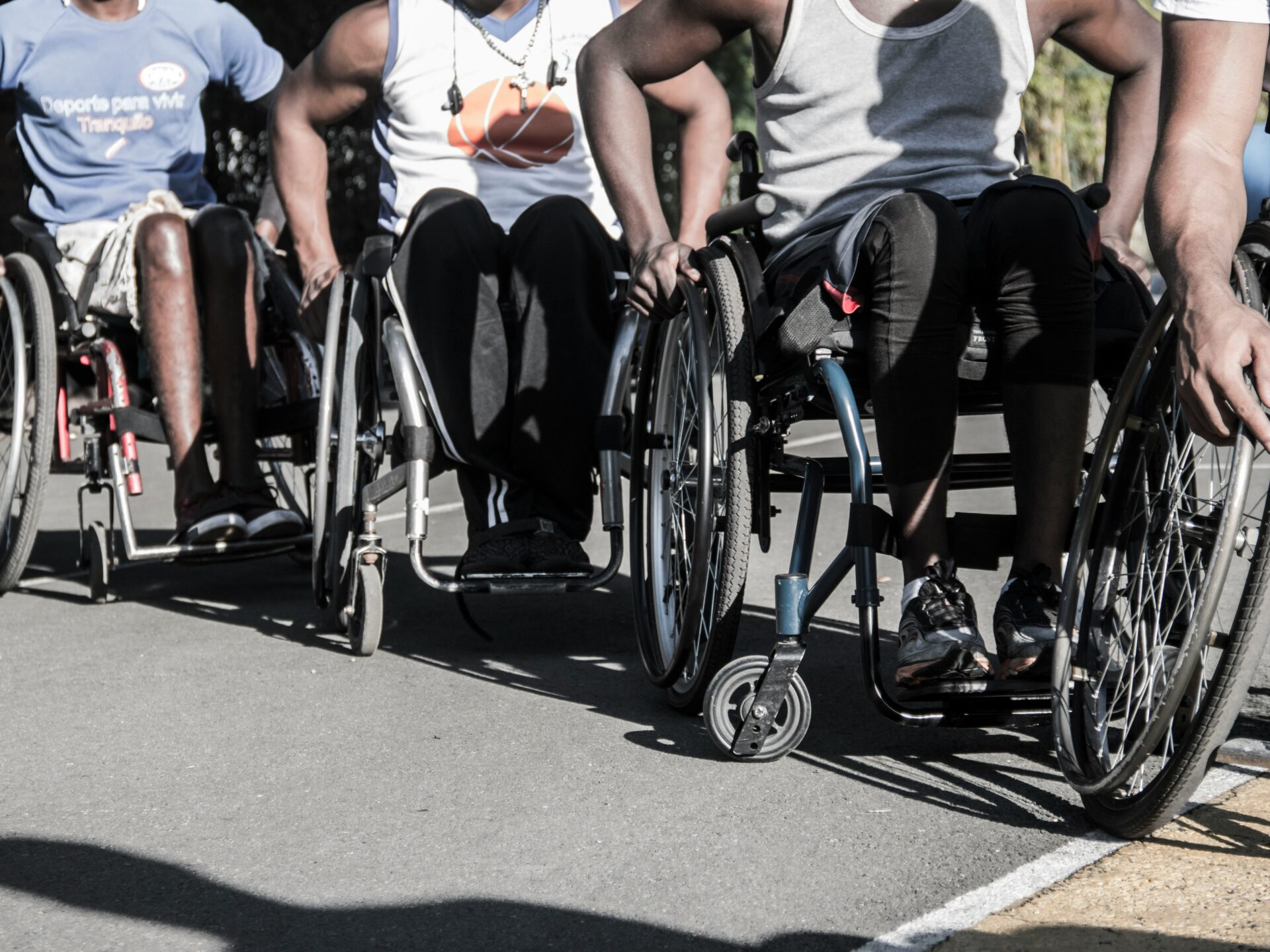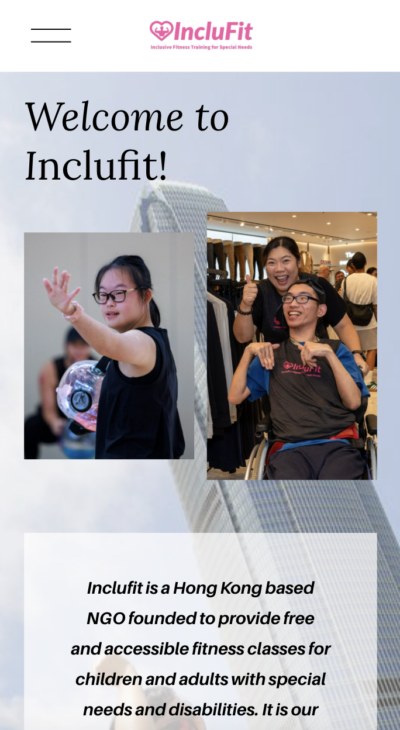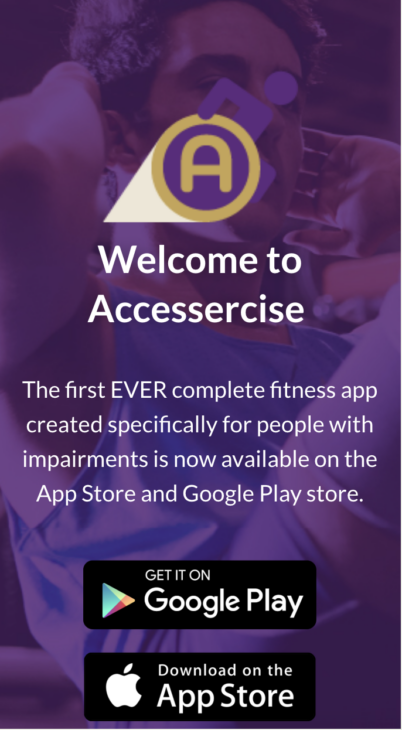Best Inclusive Workout Apps for People with Disabilities

Everyone deserves access to a healthier lifestyle, but for people with disabilities, fitness routines often come with extra barriers — whether it’s physical space, mobility limitations, or a lack of accessible guidance. Thankfully, that’s starting to change.
In 2025, a new generation of fitness apps is making wellness more inclusive than ever. Whether you’re working out from a wheelchair, managing chronic pain, or navigating sensory sensitivities, there’s an app out there designed with you in mind.
We’ve gathered a list of the best accessible workout apps that empower users of all abilities to move, strengthen, and feel good—on their own terms.
Why Inclusive Fitness Apps Matter
Traditional fitness apps often assume a one-size-fits-all body and ability, but that’s not the reality. Inclusive apps do things differently:
- They offer adaptive workouts designed for different levels of mobility.
- They include voice guidance or subtitles for different communication needs.
- Many support seated exercises, low-impact options, or custom routines.
- Some apps even work with screen readers or include high-contrast modes for visually impaired users.
These thoughtful details make fitness not just possible, but enjoyable and sustainable.
Top Inclusive Fitness Apps in 2025
1. Adaptive Yoga Live

This app specializes in yoga classes for wheelchair users, individuals with limited mobility, and those recovering from injuries. Classes are filmed with real adaptive athletes, so the instruction feels relevant and empowering.
Features:
- Seated and mat-based flows
- Classes by certified adaptive yoga instructors
- Mindfulness and breathing sessions
Best for: users with spinal cord injuries, MS, or mobility impairments
2. IncluFit

IncluFit is built from the ground up with accessibility in mind. The app offers customizable workouts based on your level of mobility, equipment, and fitness goals. It’s inclusive without being limiting.
Features:
- Visual and audio guidance
Adjustable workout plans for upper body, lower body, or full body - Syncs with wearables for real-time tracking
Best for: users with varied physical abilities, wheelchair users, and amputees
3. WheelFit

WheelFit focuses on cardiovascular and strength training for wheelchair users. It has video-based routines ranging from beginner to advanced, with timers, rest cues, and stretch breaks.
Features:
- Built-in warm-up and cool-downs
- Track progress week by week
- Motivational coaching voiceovers
Best for: power wheelchair users, paraplegics, or those seeking upper-body strength
4. Accessercise

The world’s first fitness app designed specifically for people with disabilities. It offers over 100 adapted exercises and a growing library of instructional videos created with input from disabled athletes and physiotherapists.
Features:
- Accessibility-first interface with screen reader compatibility
- Personalized workout plans
- Community forums for connection and support
Best for: any user looking for a broad range of adapted workouts in one place
5. StretchIt (Inclusive Mode)

While originally a flexibility app, StretchIt added an “Inclusive Mode” in early 2025. This setting tailors stretches for seated positions, chronic pain relief, and joint limitations.
Features:
- Guided voice and subtitle options
- Chair-based stretches
- Restorative routines for pain and fatigue
Best for: users with arthritis, fibromyalgia, or EDS
Quick Comparison Table
| App Name | Focus Area | Accessibility Highlights | Best For |
| Adaptive Yoga Live | Seated & adaptive yoga | Certified adaptive instructors, calming pace | Mobility impairments, spinal injuries |
| IncluFit | Custom full-body workouts | Visual + audio guidance, workout adjustments | All abilities |
| WheelFit | Strength & cardio | Upper-body focus, motivational pacing | Wheelchair users |
| Accessercise | All-around fitness | Screen reader friendly, community support | General accessibility needs |
| StretchIt (Incl. Mode) | Flexibility & pain relief | Gentle chair-based routines, slow pacing | Chronic pain or joint limitations |
Final Thoughts: Movement Looks Different for Everyone
Fitness isn’t just about lifting weights or hitting 10,000 steps. Sometimes, it’s stretching in a chair. Other times, it’s building strength with bands or moving through guided breathwork.
Whatever it looks like for you — your movement counts.
With inclusive apps like these, you can explore what fitness means for your body, your ability, and your pace. It’s about feeling better, building confidence, and having tools that work with you, not against you.
So, pick one that speaks to you, press play, and know that you’re exactly where you need to be.


